This week, we have quite literally been flying the flag for new technology use on the farm – the bright orange kind, often used to mark out a safety perimeter. In this instance, flags were used to make it clear to any oncoming tractor that a small grey box had been placed among the cabbages.
This is Biofonic’s new below-ground sensor – think the Merlin bird ID app, but for soil. The acoustic sensor picks up microscopic vibrations, created by earthworms, beetle larvae, and other soil organisms, and converts those into data that paints a detailed picture of soil health. As a result, we can now continuously monitor and use that data to inform decisions about what we do above ground – whether that’s changing farm machinery to reduce negative impacts or introducing beetle banks, which provide habitats for beneficial insects that in turn control crop pests. It also helps us identify and manage less helpful organisms, like wireworms, which can leave little holes in your potatoes. This is the first use of Biofonic’s technology on the farm and an exciting chance to put it through its paces.
We’ve also been to see the Earth Rover – an above-ground robotic system, based on Mars rover technology and developed by our supplier, Pollybell. Instead of disturbing the soil, it weeds fields by concentrating the light from solar-powered LEDs to zap around 60 weeds per second. High levels of soil disturbance are the environmental Achilles’ heel of organic farming, but here we have a solution that works not just for us but for conventional farmers too. As weeds become increasingly resistant to chemical treatments, this technology can weed fields autonomously and even tell you when your crops will be ready!
This week, our Facilities and Roots team also started to dismantle and remove almost five tonnes of washing and grading equipment (where roots had previously been sorted by hand), replacing it before the year’s end with an optical grading machine that automatically sorts spuds using smart cameras.
With the new grader, even if some wireworms make it past Biofonic’s recordings, damaged potatoes should be even less likely to make it into a veg box – just in time for your perfect Christmas roasties.
And the week finished at the Science Museum, enjoying a thought-provoking exhibition on the ‘Future of Food’. Open until the end of the year, entirely free to go to and well worth a visit if you’re curious about how technology shapes the food on your plate now, and for years to come.
Harriet Bell is Riverford’s Regenerative Farming Lead. Image: the Biofonic Sensor.
Our News from the Farm posts come from Riverford. They are the digital versions of the printed letters which go out to customers, every week via Riverford’s veg boxes. Guy Singh-Watson’s weekly newsletters connect people to the farm with refreshingly honest accounts of the trials and tribulations of producing organic food, and the occasional rant about farming, ethical and business issues he feels strongly about.





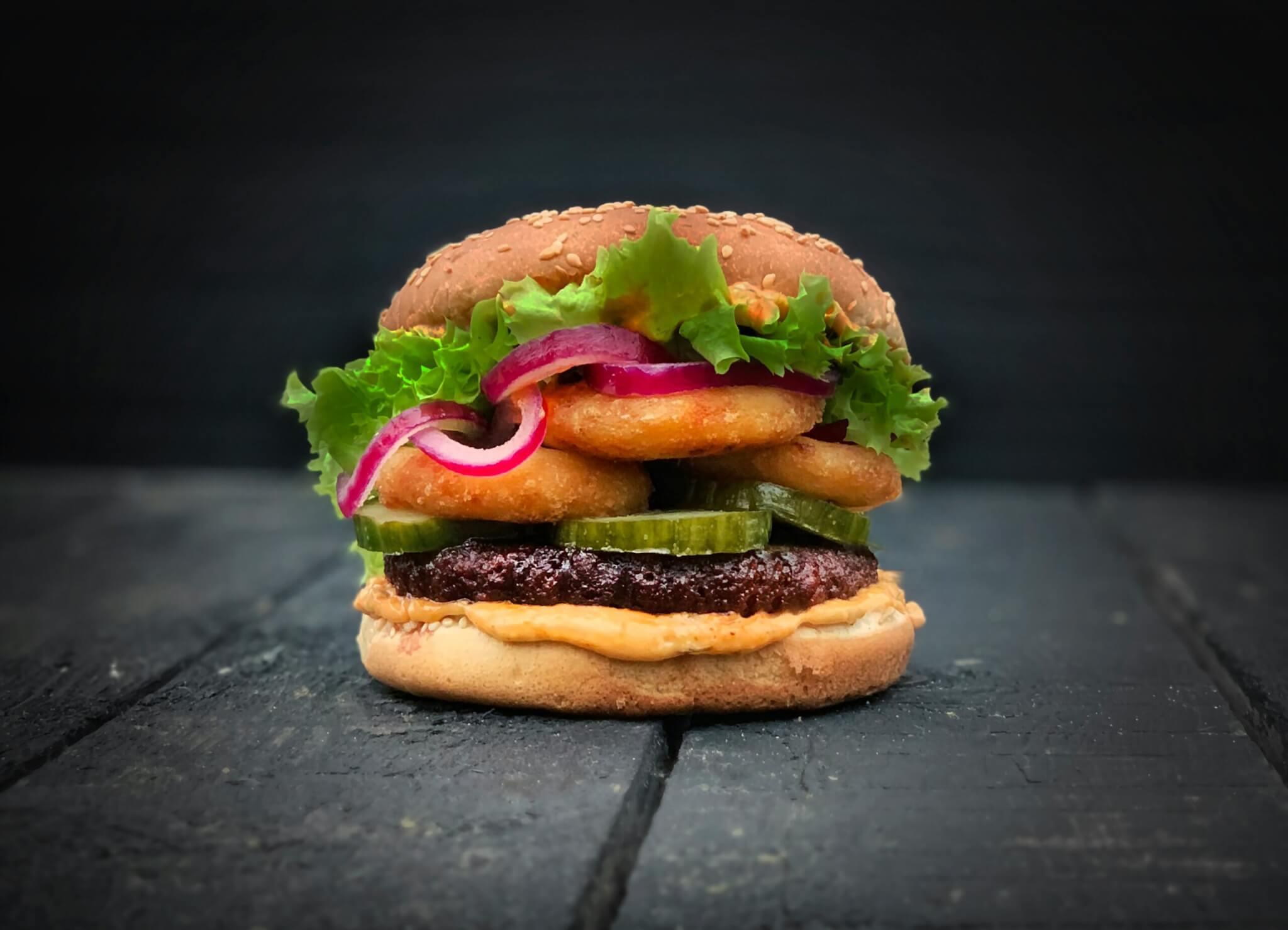
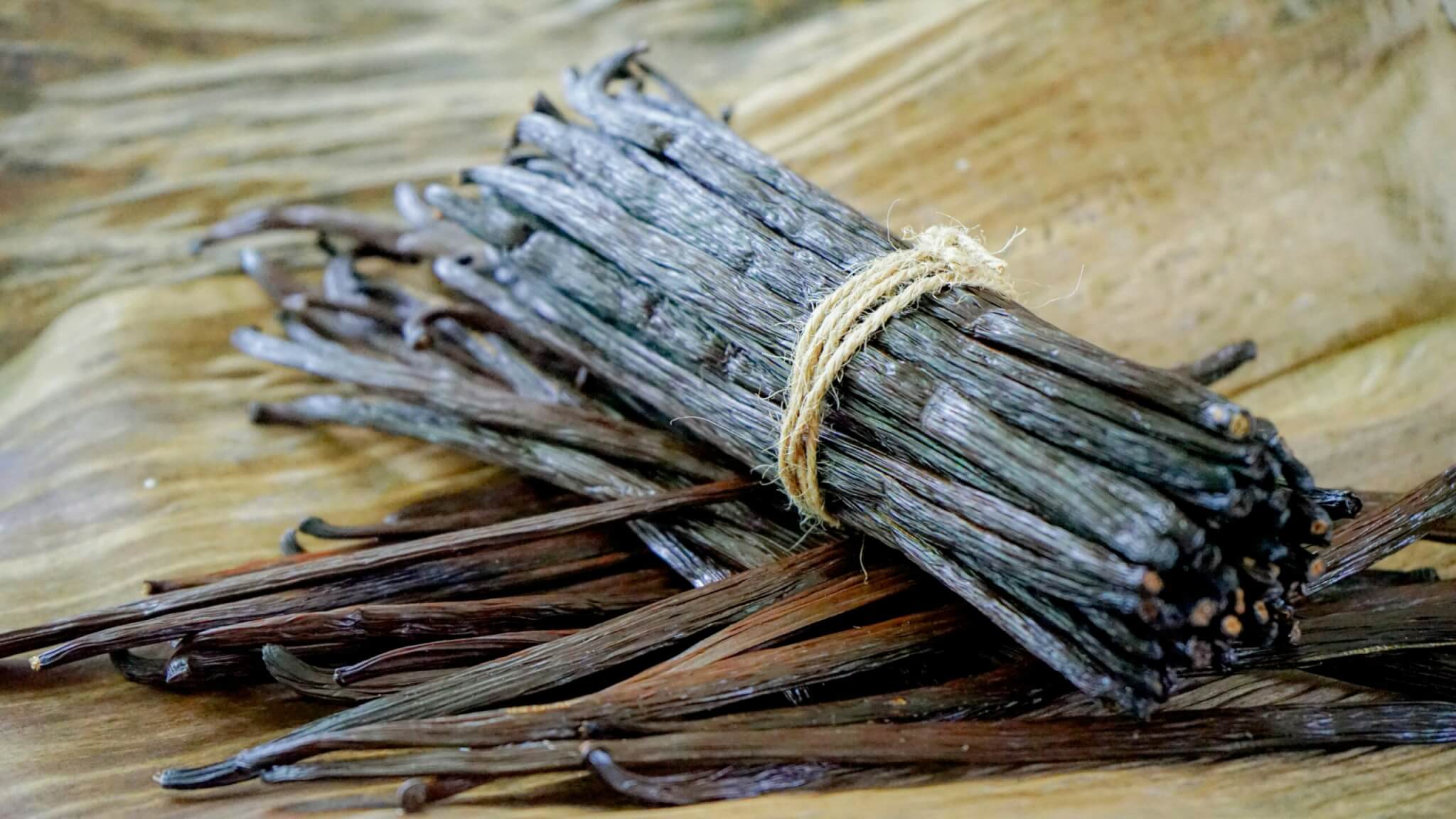

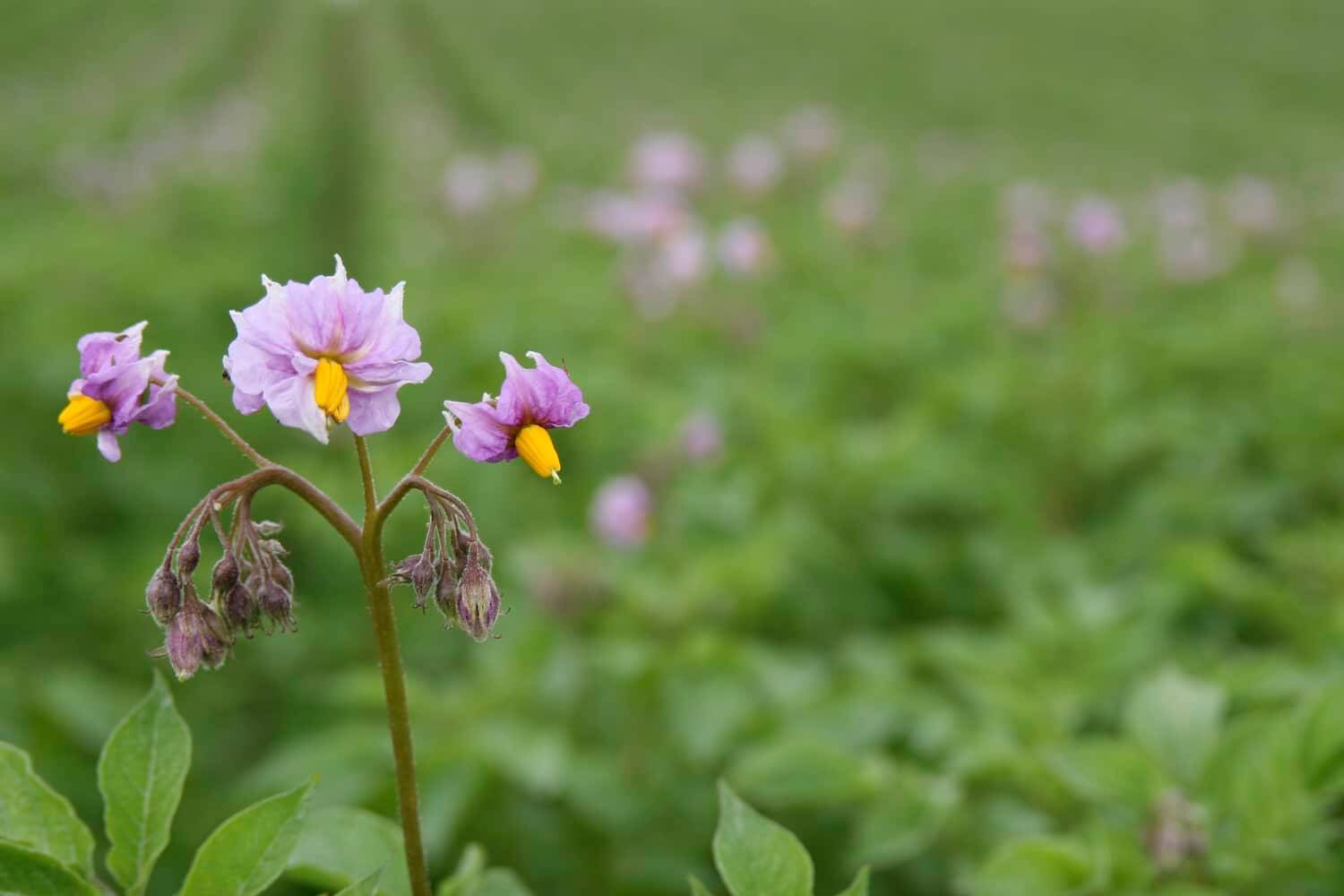
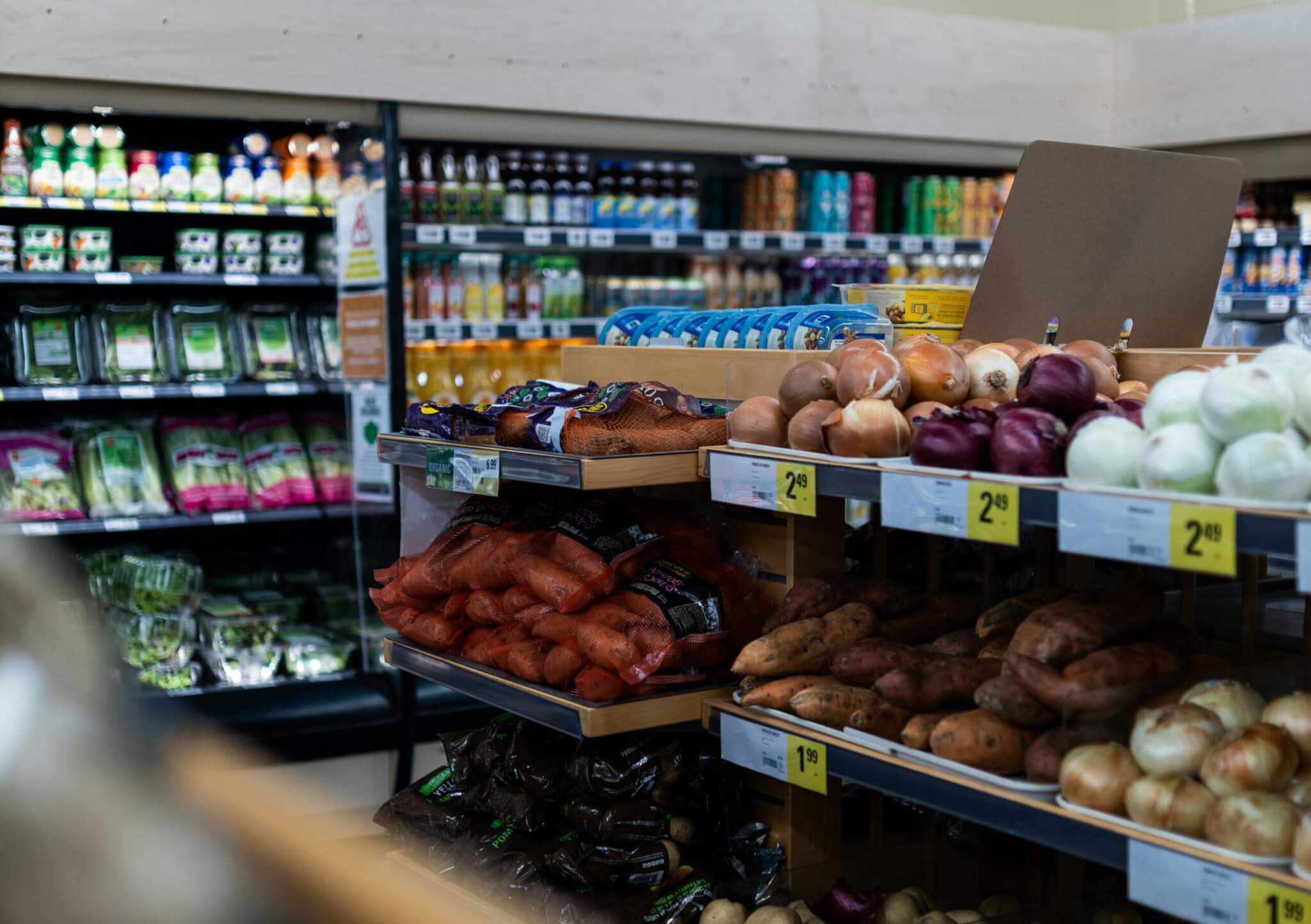

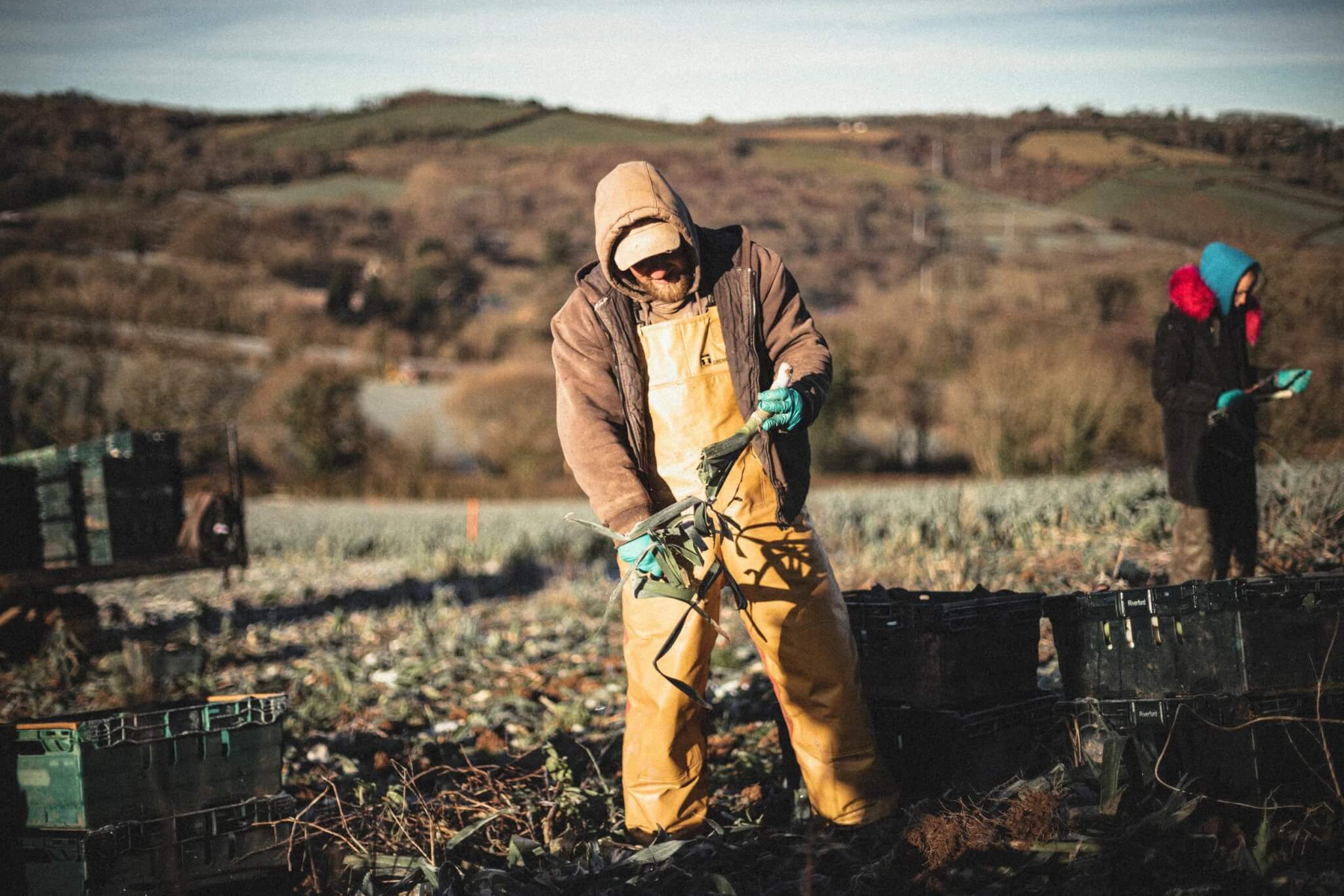
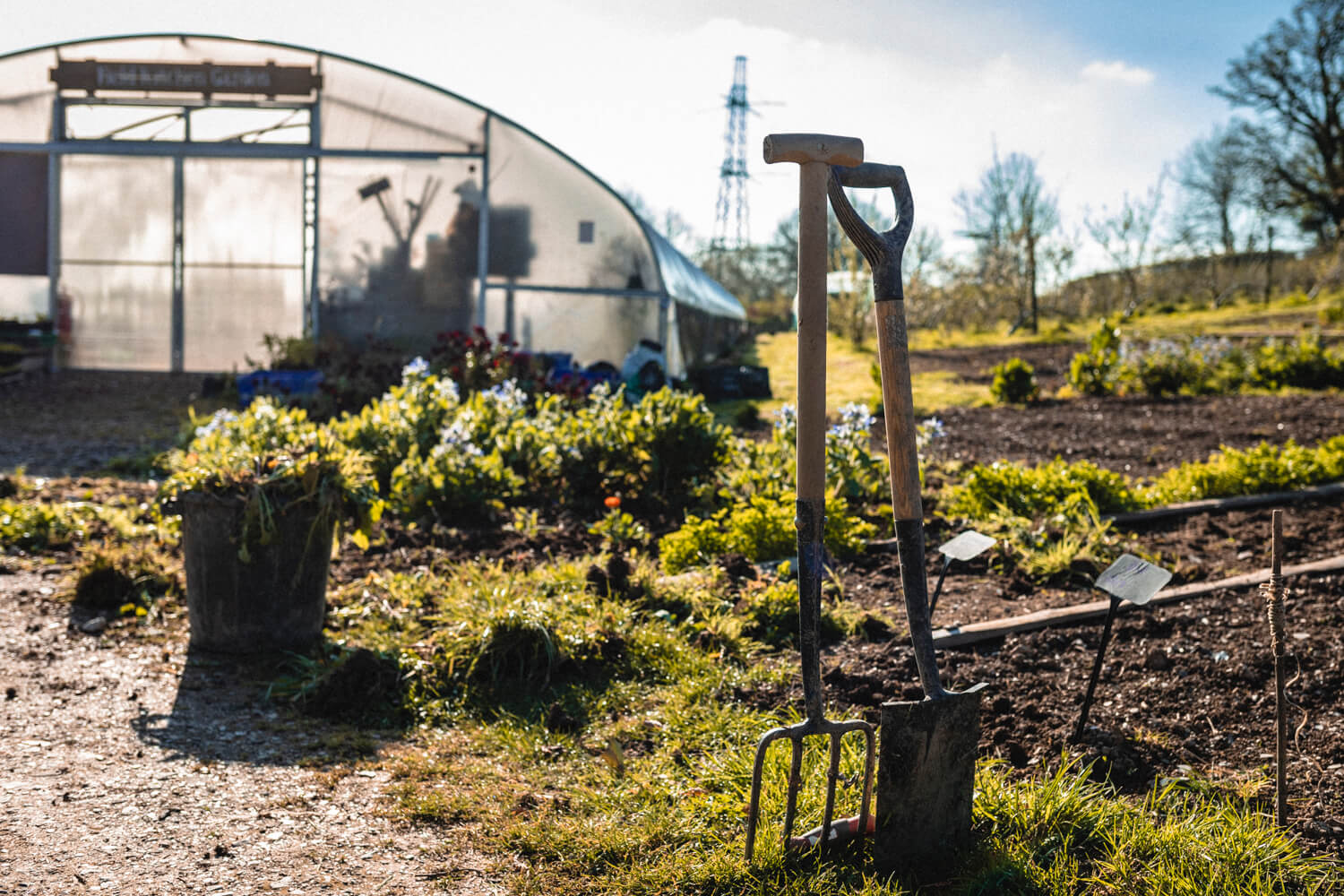
0 Comments